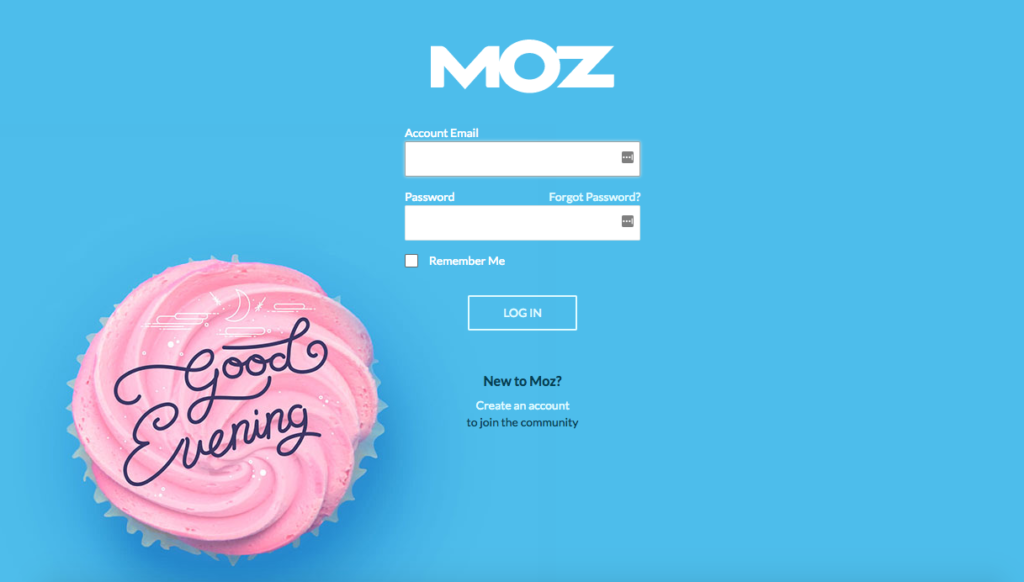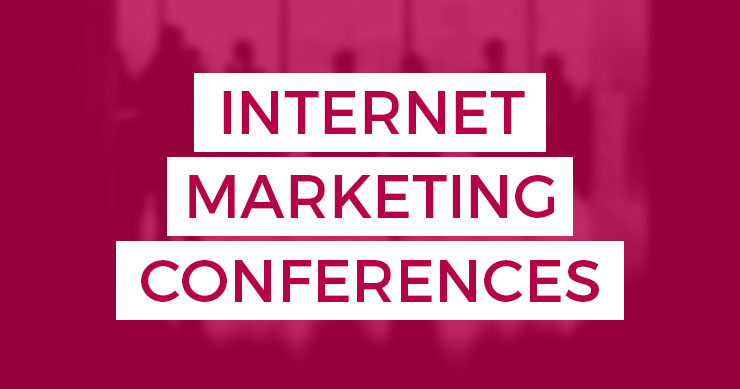It feels like I’ve written this a lot over the past few weeks, but if you weren’t tracking and measuring social media and your community efforts in 2009 – you need to get on that. Because it’s not rainbows and butterflies and sparkles. Community building is about dollars. More specifically, it’s about putting those dollars in your bank account by connecting with and building relationships with real people.
One thing I’ve noticed when talking to business owners and clients is that they understand that they should be tracking ROI on community activities, they’re just not sure how or what they should be looking for. Measuring community activities is a bit of a moving target and we’re constantly adding new things to the fold to monitor and determine. Here’s a working list of some of what we’re looking at right now.
Growth
This is a no-brainer and where most people will start, and sometimes, get stuck. Things like follower numbers, RSS subscribers and friend counts aren’t particularly useful metrics on their own, but there is some value in benchmarking them as a way to determine growth. As long as the number of active followers is growing with the number of overall followers, you’re probably on the right path. It doesn’t matter if you have 50 followers or 500. It’s how many people are invested in what you’re doing that matters.
In terms of Growth, we look at:
- Twitter followers/Fan page members/social media friends.
- Blog Subscribers.
- # of Active commenters
- Member registrations.
- Unique visitors.
- Ratio of posts to comments, types of comments.
- # of Message posts, if a forum.
- # of Conversations over a month period.
Presence
Another metric you want to look at is Presence. How visible are you in your space and how does your visibility measure up against that of your competitors? In a world where Presence often means social authority, this is a pretty big health indicator for your community.
In terms of presence, we look at:
- Your share of conversation vs. your competitors.
- Buzz over a 30 day period.
- Types comments/posts written about you – mentions (linked or unlinked), product reviews, company reviews, attacks, praise, about a certain individual in the organization.
- Who authored the mention – client, colleague, recognized social media contact, influencer, etc.
- Where was the mention located – Mashable vs Maine’s Official Hunting Blog vs zomgmontanahunting.blogspot.com.
- How often does your community share your content?
Conversation
Presence is who’s talking about you, Conversation looks more at who you’re talking to and the effectiveness of those conversations. Measuring the types of conversations you’re having is an important metric because it shows you where your time is being spent and how people are engaging with you. It’s worthwhile to know if you’re spending most of your day answering support questions via Twitter or if you’re spending it chiming into to conversations about Red Sox Spring training.
In terms of Conversation, we look at:
- Breakdown of the types of conversations being had– support-based, link sharing, friendly banter.
- Time spent on each conversation group. [I’d especially look at ROI for support questions. What’s more cost effective – social media CRM or phone/email?]
- Whom you’re conversing with – customers, prospective customers, colleague, outsiders.
- Conversation spread and growth.
- Actionable knowledge learned about core audience.
Sentiment
Another obvious biggie to track. More important than simply knowing you’re being talked about is knowing what people are saying about you and how that’s changing over time. This can be especially important to monitor around the time of a new product announcement to understand how the community is responding and if you’re going down the right path. Obviously, should the crap hit the fan on a PR front…you’ll want to spend a good deal of time in this area, as well.
In terms of Sentiment, we look at:
- Emergence of Brand Evangelists -onsite and off.
- Ratio of positive/neutral/negative mentions (i.e. satisfaction).
- …as compared to top 10 competitors.
- Members recommending the community, passing it on to friends.
- Frequency of community members responding to/helping other community members, overall “vibe” of the room based on tracked interactions.
- Community members defending you on negative blog posts.
[There will be some links to resources at the end of this post but…we really, really recommend using Raven SEO Tools. So much that that’s not even an affiliate link!]
Referrals & Conversions
This, quite literally, is the money. All of the above will help you determine the health of your community, but this really tells you whether or not you’re investing your time wisely in social media and whether or not the people you’re attracting to your site are adding dollars to your bank account.
In terms of Referrals & Conversions, we look at:
- Leads generated from social media vs. conversion rate.
- How Twitter traffic converts (yes, we break this one out separately).
- Referrals generated from social media/blogging, noting who gave the referral (active community member, Twitter follower, frequent blog commenter, etc).
- Customer loyalty form community conversions – how many times do they buy/refer?
- Examples of moving community members from online to offline – meetups, reimbursing online or mobile coupons, etc.
You don’t need to track every bullet point on this list, but you do need to understand what behavior leads to the biggest ROI for your company. Perhaps you get more customers through the BS conversations on Twitter than you do through targeting customer support queries. If that’s the case, that metric is far more important to you.
Rhea gave us a great post on monitoring social metrics that can help you set up the appropriate spreadsheets to keep tabs on this. You may also want to check out our post on tracking brand mentions (which needs to be updated to include Raven and WhosTalkin), as well as Marty Weintraub’s post on building a reputation monitoring dashboard (major league awesome).
2010 is the year to start putting real metrics on your social media activity. Because if you’re not monitoring it, you’re just playing with it.


